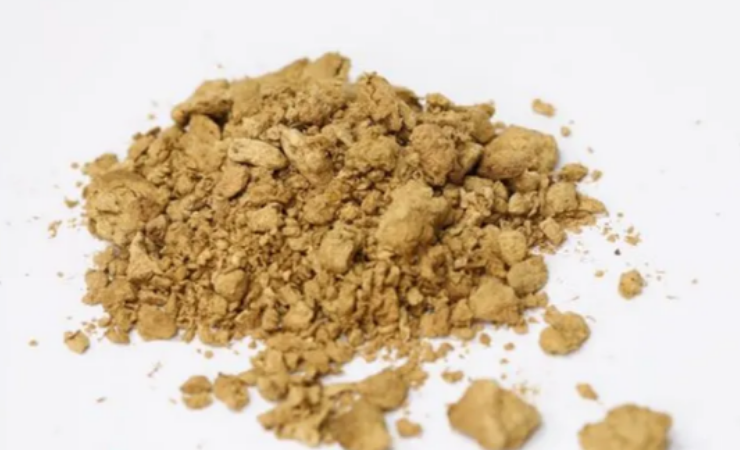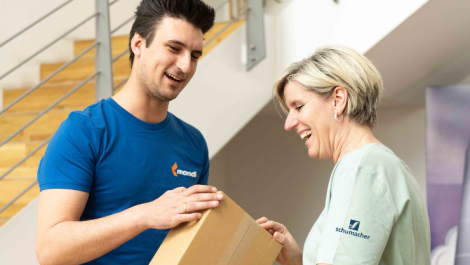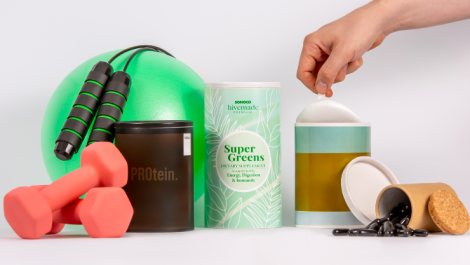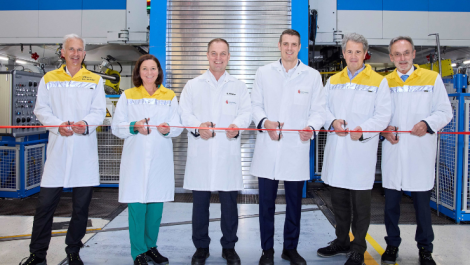Packaging company DS Smith has launched a new trial in partnership with environmental research start-up Nafici Environmental Research (NER) to create packaging from ‘second harvest’ materials.
The trial has been commenced as DS Smith responds to demand from businesses looking to drive a more circular approach to their supply chains. According to DS Smith’s research team, second harvest materials like straw and brewers’ spent grain have the potential to save up to 10% of the virgin fibres used in the papermaking process and therefore, ‘present an important and viable means to supplement traditional sources.’
Nick Thompson, DS Smith’s materials development director, commented, ‘DS Smith has built a reputation for being at the forefront of innovation in the recycling aspect of its operation, in part demonstrated by the investment into the R&D Fibre & Paper Development Lab [based at the company’s Kemsley Mill in Kent] and our ongoing partnership with Nafici.’
NER is a West Sussex based company, which has created a process to transform agricultural waste into paper-making pulp with strengthening properties. DS Smith is using its state-of-the-art research and innovation site in Kemsley to explore how pulp from previously unwanted products can be used to make sustainable packaging products.
Florence Miremadi-Nafici, co-founder and CEO at NER, said, ‘Our work with DS Smith is crucial in addressing the sustainability challenges associated with the increased demand for packaging. Through the pilot programme at Kemsley we hope to prove that alternative fibres, and particularly second harvest materials, can and will play an important role in the future of sustainable packaging.’
This project involving DS Smith and NER is the latest development in DS Smith’s Now and Next strategy, launched last year. It also reflects the company’s ongoing investment in R&D.
Mr Thompson continued, ‘Businesses are keen to understand how they can adopt more circularity into their supply chains and finding secondary uses for what are currently seen as waste materials are key to that. Our Now and Next sustainability strategy drives us to be leaders in helping the transition to a circular economy, so working with customers and partners across the supply chain to keep materials in use for as long as possible is an important part of that drive.’






